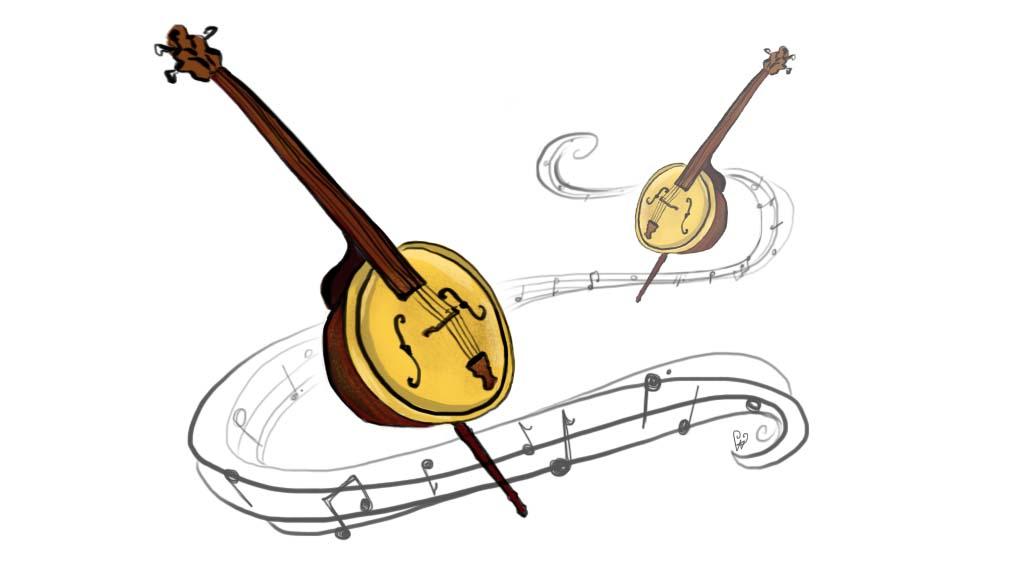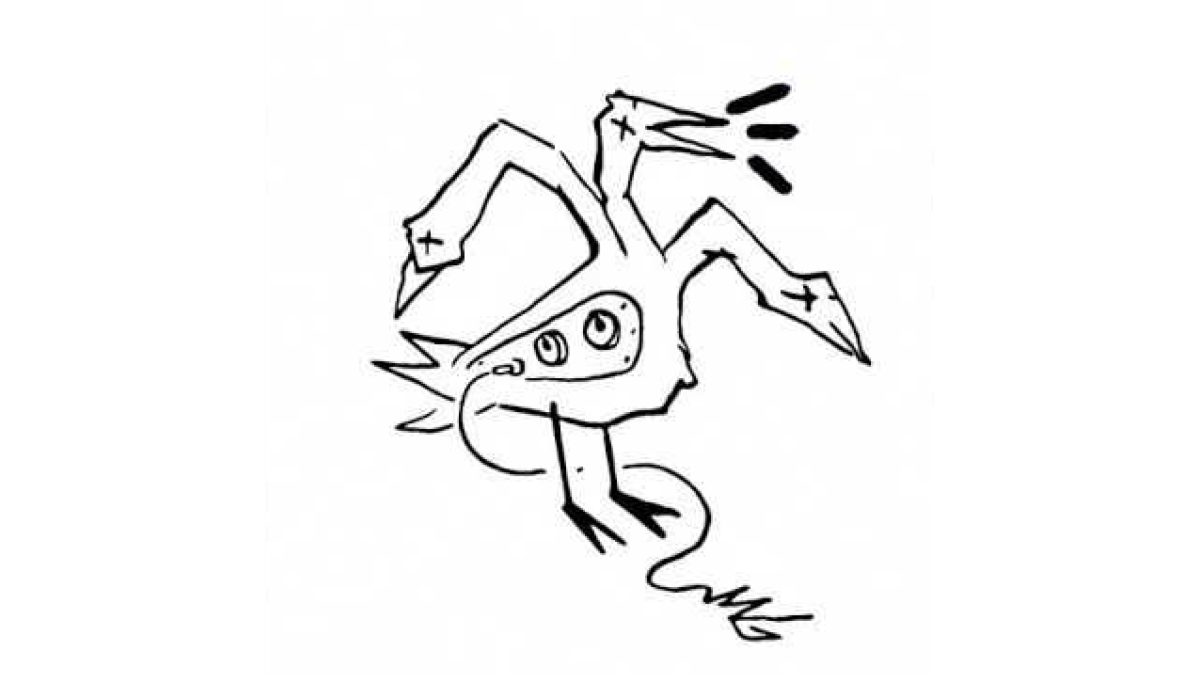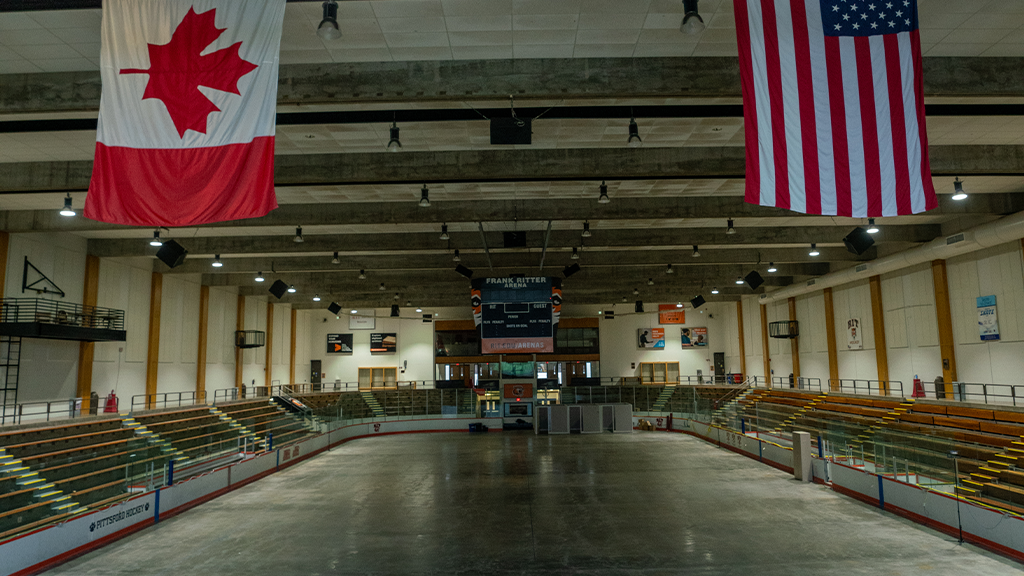So you want to be a musician – who can blame you? You’re stuck at a college seemingly so far away from cultured civilization; abrick prison in a sense, where the idea of self-expression seems as far away as that of casual sex. But instruments are expensive, and your budget likely has very little wiggle room for a pawn shop guitar or bass.
Luckily, there’s another way.
Not exactly a better way, mind you. Your musical capabilities will be a bit limited playing on an instrument made from household debris. However, this plays into the history of the washtub bass, or “gut bucket”. Perhaps a little inspiration can be found from that.
Similar to the American banjo, the washtub bass’s roots stem from the 1800s, in the midst of American slavery. Traditional instruments, created by skilled craftsmen in workshops were obviously scarcely available to African-Americans during this time period. The washtub bass, much like the banjo, traces back to instruments used in tribal Africa. The ang-bindi, an instrument found in cultures of the Congo, shows much similarity to the American washtub bass.
Through the early 1900s, with the massive explosion of African-American “jug band” music, improvised instruments such as the washtub bass and its regular partner the washboard became far more integrated into mainstream American society. Most notably, New Orleans zydeco music and bluegrass embraced these instruments with open arms. With the birth of rock ‘n’ roll and these genres at the roots, the washtub bass was cemented into place as a staple of American musical history.
Now, with a little history under your belt and perhaps a little more pride in playing such a trashy looking (and maybe sounding) instrument, it’s time to move onto the fun stuff: building your own washtub bass.
You’ll need:
- A #3 Washtub ($15-20): you can find this at Home Depot, or any hardware store. The notation #3 should be at the bottom of the tub. If it isn’t, look for one marked with a 24-inch mouth. This will serve as the base and resonator of your instrument. If you can’t find one, any thin, wide metal pot will work in a pinch, though will not offer the best results.
- A 3/8-inch eye-bolt ($3-$7): the shorter the better. You’ll also need two nuts and two washers.
- 6 feet of paracord ($3-$5): found at Home Depot.
- A drill with a 3/8-inch and 1/8-inch bit
- A stick: it can be a broomstick, shovel stick or any kind of round stick, so long as it is 48 inches or longer.
- 1/8-inch rope clamp (<$1)
Now onto putting the damn thing together. Assuming your tub came with handles, you’re going to want to remove those. They’ll slowly come loose and rattle, ruining your smooth, folky sound. You can tear those suckers right off with a pair of pliers or channel locks.
Next, drill a hole right into the center of the tub. This is where the eye-bolt will go. Screw one of the nuts all the way up the bolt and slide one of the washers up after it. Place the bolt through the hole, and place another washer on the inside of the tub around the bolt. Put the second nut on and start tightening both. Tighten the hell out of them. Tighten them until you don’t think you can tighten anymore. Tighten them until you feel you are about to explode, and if you turn your wrench one more time, the world will fall to pieces. And then tighten some more.
Use a saw, or a serrated knife if you’re not so well supplied, to cut a slit in the bottom of your stick wide enough and just deep enough to fit snugly over the rim of your washtub. Be careful! Wood staffs of this kind are prone to splintering, so cut slowly and with purpose.
Now, use your 1/8-inch drill bit to drill a hole into the stick near the top, facing towards the center of the tub.
Take your cord and tie a nice big knot on one end. Run it through the hole in the stick and down to the eye-bolt. Make sure it’s nice and tight, and apply the rope clamp to attach the paracord to the bolt.
And you’re done!
The bass can be played by placing one foot on the rim of the tub and taking hold of the staff. Since the staff is not directly attached, it is easily moveable. Moving the staff backwards, tightening the string, will create higher tones, while moving it forward and loosening will create lower tones. Strum the string by simply plucking at it with your fingers. The tub itself will act as an amplification system, creating bumping, bass tones throughout your dorm.
Voila, your dream of being a musician has come true. Get out there and get those feet tapping.






